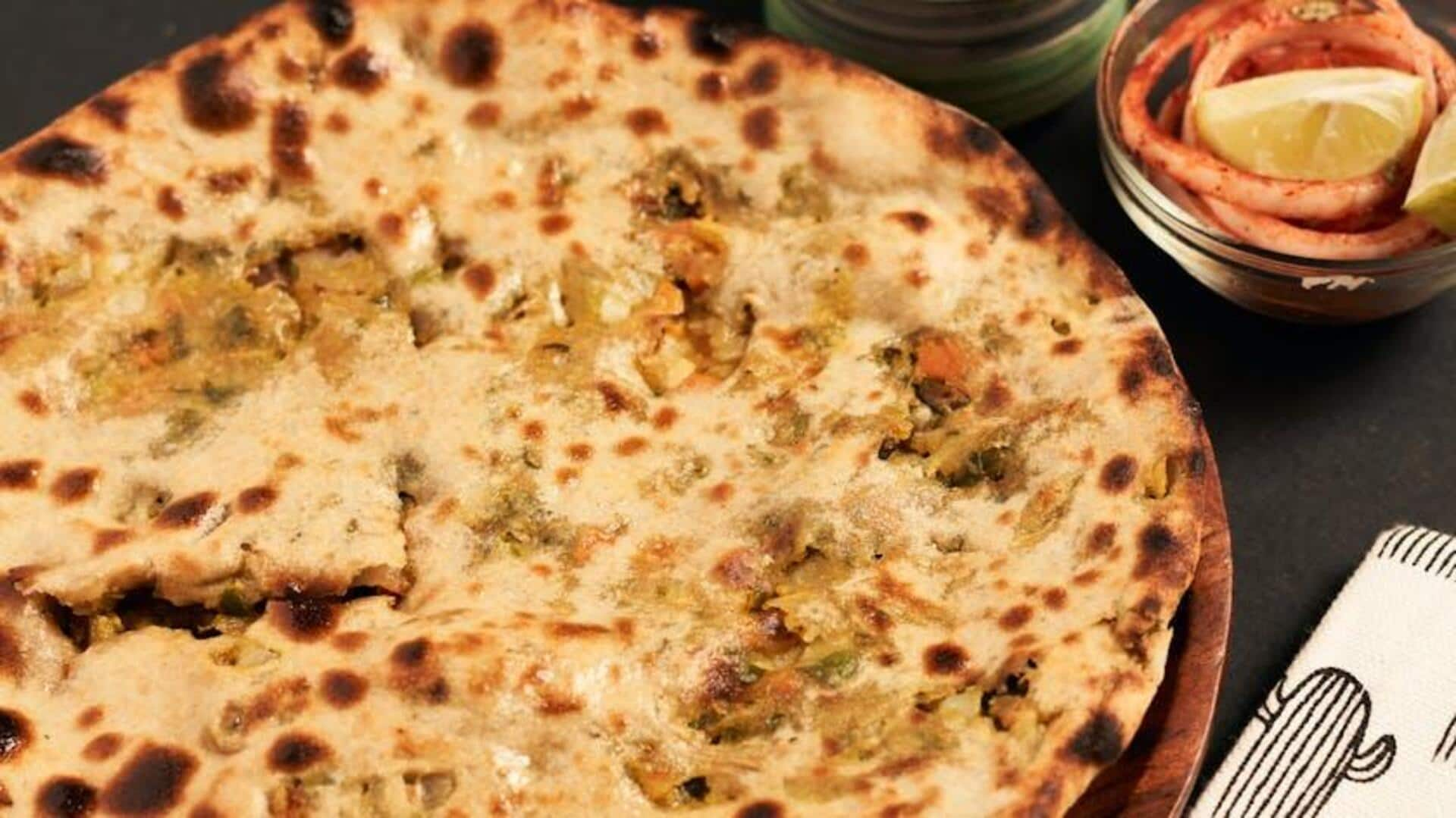
Paratha's journey: Origin, history, and evolution
What's the story
Paratha, a beloved Indian flatbread, has a rich history that dates back centuries. Evolving from its humble beginnings, the paratha has become a staple in many households across India and beyond. Its journey reflects the culinary influences and cultural exchanges that have shaped it over time. From being a simple unleavened bread to a versatile dish enjoyed with various fillings and accompaniments, the paratha's evolution is fascinating.
#1
Ancient origins of paratha
The origins of paratha can be traced back to ancient India, where it was primarily made with whole wheat flour and water. This basic version was primarily used as an everyday staple food for the common man. With time, regional variations started emerging as different communities added their own ingredients and techniques. The earliest references to flatbreads similar to parathas can be found in ancient texts dating back thousands of years.
#2
Influence of regional cuisines
As parathas traveled across regions in India, they absorbed flavors and cooking styles of the local cuisine. In North India, for example, stuffed parathas with potatoes or paneer became popular, while South Indian variants would use coconut or vegetables as fillings. Each region's version of the paratha tells you how diverse and rich India's culinary landscape is.
#3
Modern adaptations and innovations
In recent years, we've seen a surge in innovative takes on traditional parathas. Chefs are experimenting with fusion recipes by combining global ingredients with classic Indian flavors. From cheese-filled versions to those made with multigrain flours or even gluten-free options, modern adaptations cater to diverse palates while retaining the essence of this beloved dish.
#4
Cultural significance today
Today, parathas are not just a meal, but a cultural symbol, representing comfort food across generations. They are served at festivals, celebrations, and everyday meals, highlighting their versatility and popularity. This simple bread has become an integral part of our culinary heritage, cherished for its simplicity and adaptability.